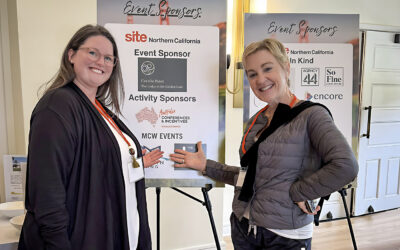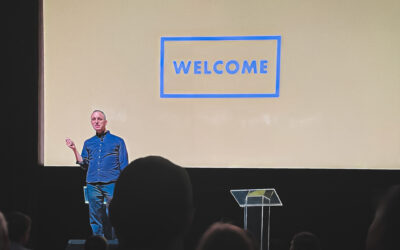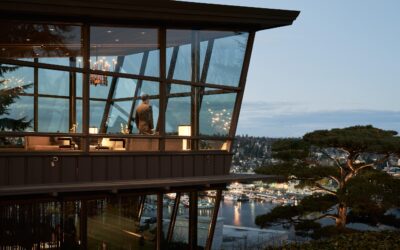Our client held their annual customer conference in Huntington Beach, CA, in November 2021. That year’s conference differed from those before by providing attendees with an authentic destination travel experience to enhance the educational and community-building experiences.
The company planned the conference to be held live and in-person, following an entire digital-first experience in 2020. Our attendance goals were 475 pre-registrants and 275 day-of attendees, with half being customers and the remainder split between partners and prospects. Like the surfers plying the waves just offshore, we had hoped to ride the wave of in-person gatherings, getting people back together for learning and fun.
But, given the state of the pandemic, our client decided 1.5 months before the event date to hybridize the event by adding a virtual attendance option. We had to lean hard on our virtual and hybrid experience earned over the past 18 months, and the conference went live with our revised plan. Nearly 500 unique visitors joined the conference’s online portal, logging almost 3,200 hours of Next viewing time from 36 countries worldwide. We took advantage of our beachside location for our in-person attendees and moved the keynote sessions outside. It was a fantastic experience and gave the whole conference relaxed and accessible, beach-based vibes.
Oh, the lessons. While the basics for planning and producing a global conference are always there, each event is unique. And this conference provided us with many valuable opportunities to learn and sharpen our event planning skills. Here are some of our key takeaways:
- Shared Experience: Producing a hybrid event means that you’re essentially producing two events. That means you must run two simultaneous Run-of-Show documents: one for the in-person and the digital-first portions. While we knew this going into the process, the short time frame made it a challenging experience.
- Bring the Bandwidth: The beauty of a hybrid event is that it allows someone in the UK to stream to Southern California for a live conversation with the onstage presenter. We were able to test with our streaming speakers pre-event, too. But we could not ensure that any speakers streaming remotely did so from a location with sufficient internet bandwidth to guarantee smooth presentations.
Minimize Variables: The last thing we want a presenter speaking to an audience of hundreds to worry about is how to make their slideshow work. So we give them a slide-advancer that only allows for forward and back. Why give them needless options? Even the little things matter. - Fully Vaccinated: This worked so well. It’s like at an all-inclusive resort when your soda starts to get too warm, and you can just order another without thinking about it. The same concept holds true here. Requiring all the conference attendees to be fully vaccinated removed all of the worries for us and the attendees.
Let us put this valuable experience to work for you. Making last-minute changes to medium or large-scale events is no easy task. That’s why it’s vital to have an experienced event planning and management team on your side.




